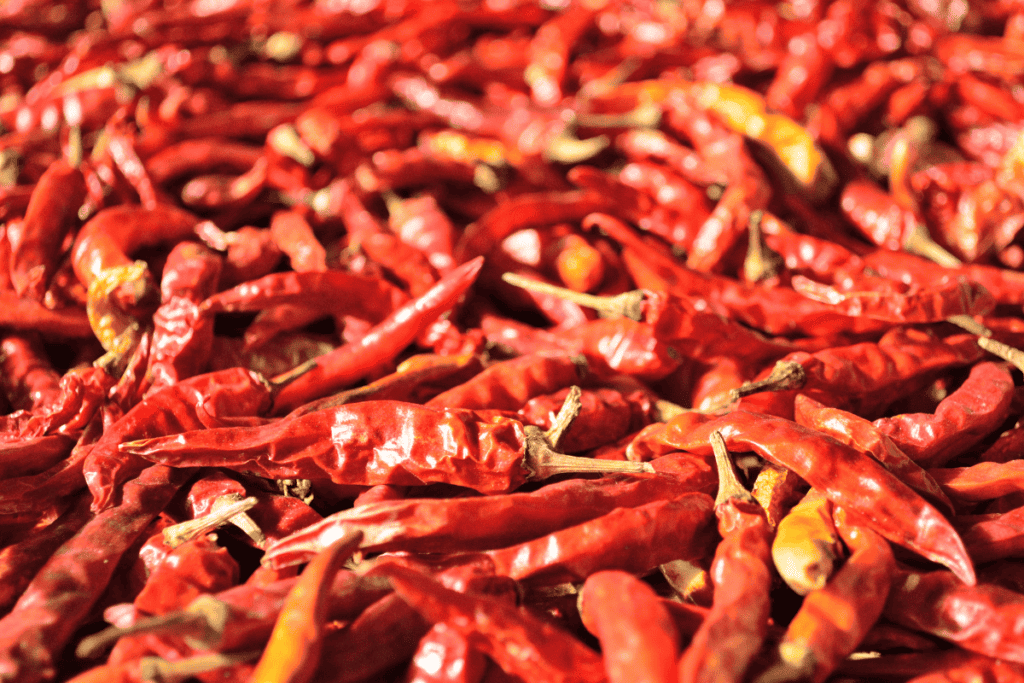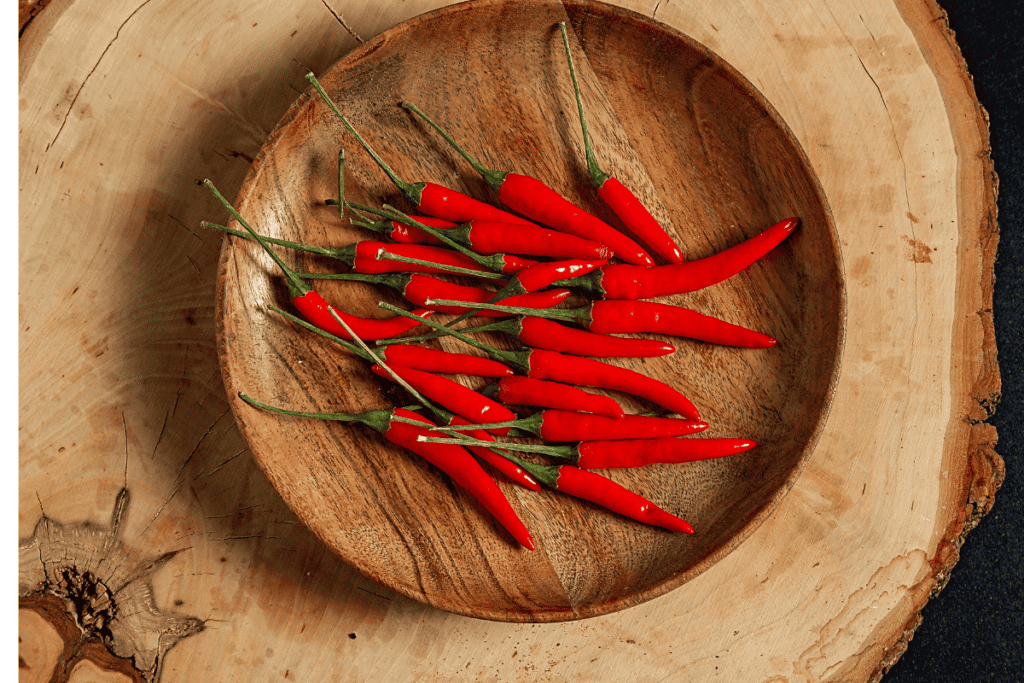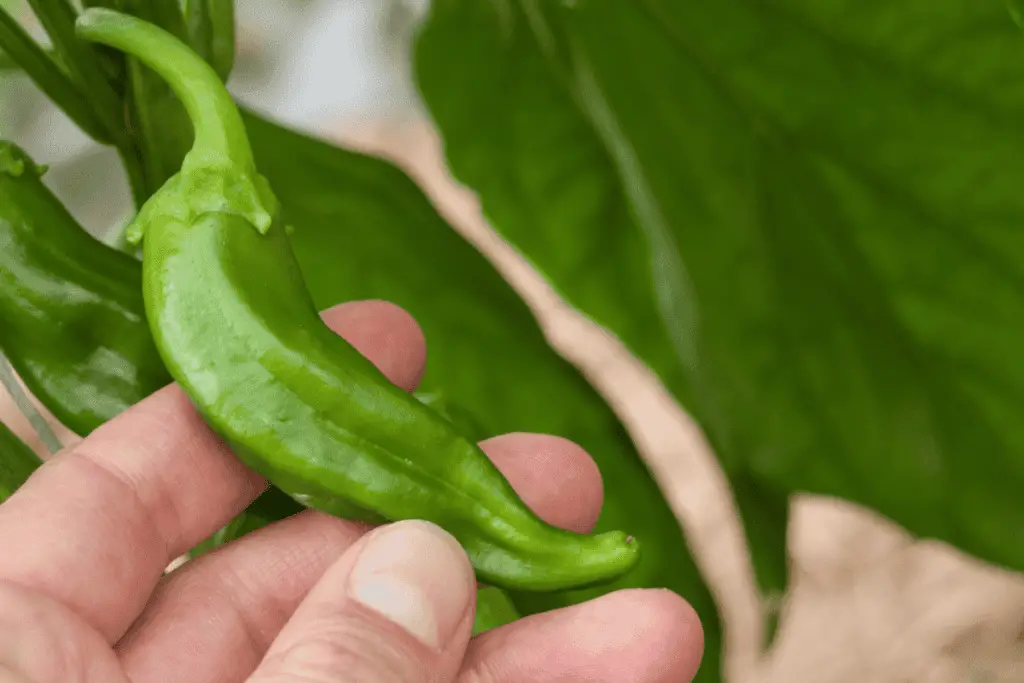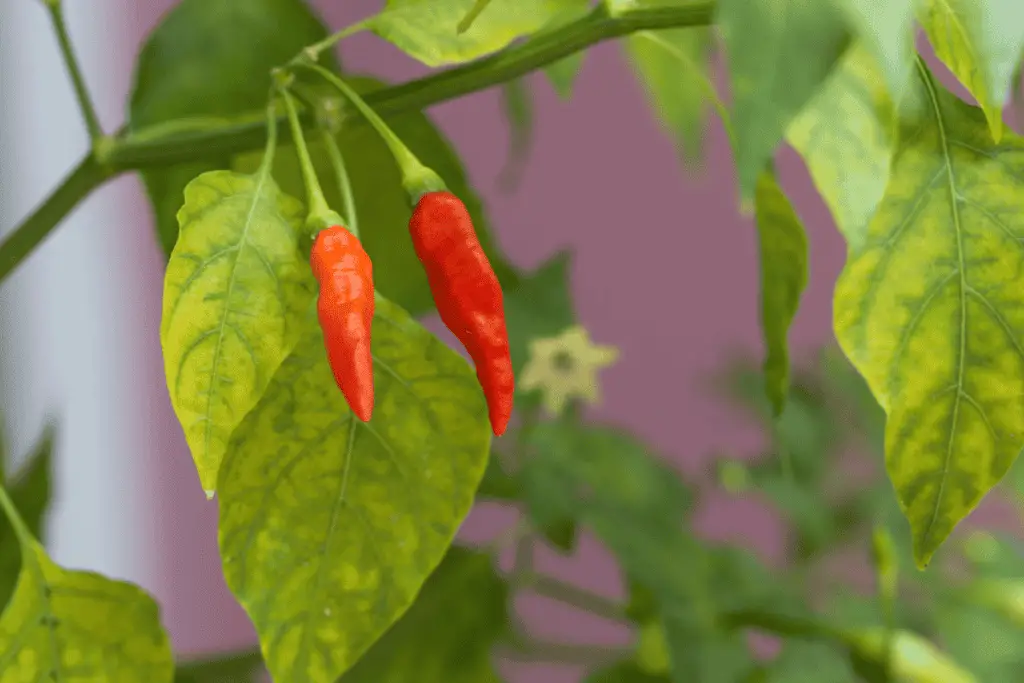Introduction to Chili Pepper Seeds

Chili peppers are a popular addition to many dishes, prized for their vibrant colors and spicy flavor. Whether you’re a seasoned gardener or just starting, successfully growing chili peppers from seeds can be a rewarding experience. However, to ensure maximum germination and healthy plant growth, it’s essential to follow proper planting techniques.
Selecting the Right Seeds
Before you start planting, it’s crucial to choose high-quality seeds. Look for reputable seed suppliers and select varieties that are well-suited to your climate and growing conditions. Whether you prefer mild bell peppers or fiery habaneros, there’s a wide range of chili pepper varieties to choose from.
Preparing the Planting Environment
To give your chili pepper seeds the best chance of success, start by preparing the planting environment. Choose a sunny location with well-draining soil. If your soil is heavy or compacted, consider adding organic matter such as compost or aged manure to improve its texture and fertility.
Starting Indoors vs. Direct Sowing
One common dilemma when planting chili peppers is whether to start seeds indoors or sow them directly in the garden. Starting seeds indoors allows for greater control over growing conditions and can give seedlings a head start on the growing season. However, direct sowing can be simpler and may result in less transplant shock for seedlings.
Timing for Planting

The timing of planting chili pepper seeds depends on your local climate and growing season. In general, it’s best to sow seeds indoors 6-8 weeks before the last frost date in your area. For direct sowing, wait until after the danger of frost has passed and soil temperatures have warmed to at least 60°F (15°C).
Planting Depth and Spacing
When planting chili pepper seeds, sow them at a depth of about ¼ to ½ inch (6-12 mm) deep. Space seeds or seedlings 18-24 inches (45-60 cm) apart to allow for adequate airflow and room for growth.
Watering Techniques
Proper watering is crucial for seed germination and seedling growth. Keep the soil consistently moist but not waterlogged, as excessive moisture can lead to rot and fungal diseases. Water seedlings gently to avoid disturbing the soil or damaging delicate roots.
Temperature and Light Requirements

Chili pepper seeds require warm soil temperatures to germinate, ideally between 70-85°F (21-29°C). Provide plenty of sunlight for seedlings, at least 6-8 hours of direct sunlight per day. If starting seeds indoors, use a grow light to supplement natural sunlight.
Nutrient Needs
During the germination and seedling stages, chili peppers have specific nutrient requirements. Use a balanced fertilizer to provide essential nutrients such as nitrogen, phosphorus, and potassium. Organic fertilizers, such as compost or fish emulsion, are preferred for their slow-release nutrients and soil-building properties.
Protecting Seedlings from Pests and Diseases
Keep a close eye on your chili pepper seedlings for signs of pests or diseases. Common pests include aphids, spider mites, and flea beetles, while diseases such as damping-off and powdery mildew can affect seedlings. Use organic pest control methods such as neem oil or insecticidal soap to protect your plants without harming beneficial insects.
Transplanting Seedlings
Once your chili pepper seedlings have developed their first true leaves, they’re ready to be transplanted into the garden. Choose a mild, overcast day for transplanting to minimize stress on the seedlings. Dig a hole slightly larger than the root ball and gently transplant the seedling, being careful not to disturb the roots.
Caring for Seedlings

After transplanting, continue to care for your chili pepper seedlings by watering regularly and providing appropriate fertilization. Consider using a balanced liquid fertilizer diluted to half strength every 2-3 weeks to encourage healthy growth. Prune any damaged or diseased foliage and provide support for tall varieties with stakes or cages.
Monitoring Growth
As your chili pepper plants grow, keep a close eye on their progress. Look for signs of healthy growth, such as vibrant green foliage and sturdy stems. If you notice any issues such as yellowing leaves or wilting, take prompt action to address the problem, whether it’s adjusting watering or addressing nutrient deficiencies.
Harvesting Chili Peppers
Once your chili pepper plants have reached maturity, it’s time to start harvesting. Most chili peppers are ready to harvest when they reach their full size and color, although some varieties may change color as they ripen. Use clean, sharp scissors or pruning shears to carefully harvest peppers, taking care not to damage the plant or surrounding foliage.
Conclusion Chili Pepper Seeds
Successfully planting chili pepper seeds for maximum germination requires careful attention to detail and proper care throughout the growing season. By selecting high-quality seeds, preparing the planting environment, and providing optimal growing conditions, you can enjoy a bountiful harvest of flavorful peppers. Whether you’re a novice gardener or an experienced grower, growing chili peppers from seeds is a rewarding and enjoyable endeavor.
FAQs Chili Pepper Seeds
How long does it take for chili pepper seeds to germinate?
On average, chili pepper seeds take 7-14 days to germinate, depending on factors such as temperature and humidity.
Can I plant chili pepper seeds directly in the garden?
Yes, chili pepper seeds can be planted directly in the garden once the soil has warmed to at least 60°F (15°C) and the danger of frost has passed.
What is the best way to prevent damping off in chili pepper seedlings?
To prevent damping-off, avoid overwatering seedlings and ensure good air circulation around plants. Using sterile potting mix and clean containers can also help reduce the risk of fungal diseases.
How often should I fertilize chili pepper seedlings?
Fertilize chili pepper seedlings every 2-3 weeks with a balanced liquid fertilizer diluted to half strength.
What should I do if my chili pepper plants are being attacked by pests?
If you notice pests on your chili pepper plants, try using organic pest control methods such as neem oil or insecticidal soap. Avoid using chemical pesticides, as they can harm beneficial insects and contaminate your plants.
Latest Posts
- What Types of Lettuces Can You Grow?

- How to Plant Onion Seeds for Maximum Germination

- How to Plant Parsnip Seeds for Maximum Germination

- How to Plant Mushroom Seeds for Maximum Germination

- How to Plant Lettuce Seeds for Maximum Germination

- How to Plant Kale Seeds: A Step-by-Step Guide to Maximum Germination Success!

Additional Information
https://en.wikipedia.org/wiki/Chili_pepper




